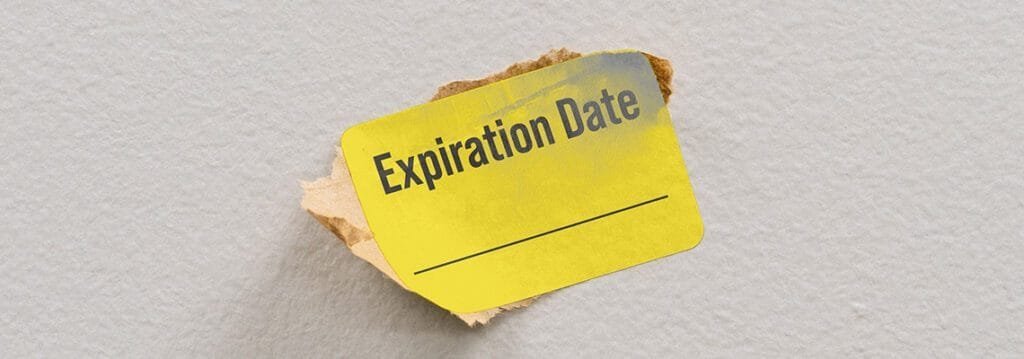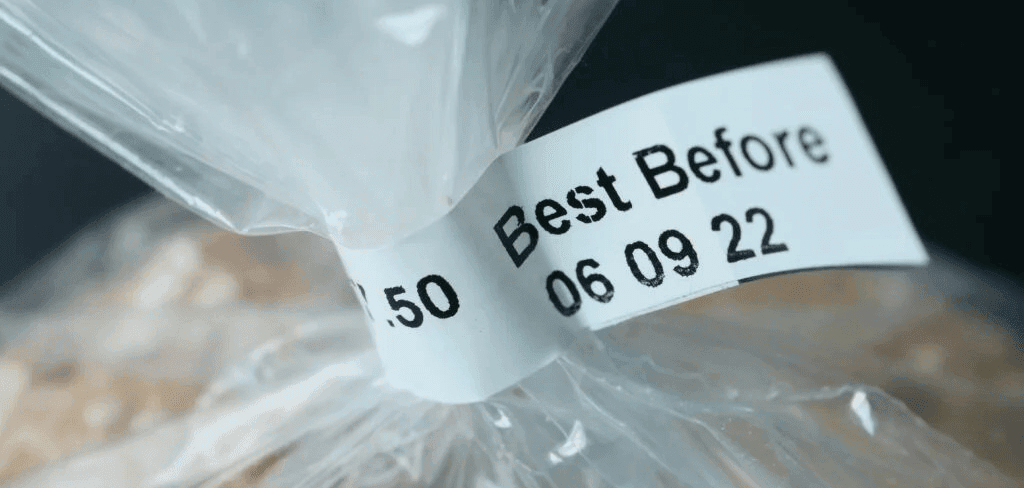What is the Expiry Date?

The “Expiry Date” is the last day the food can be consumed safely. After this date, the product may pose health risks as its characteristics could deteriorate to the point of causing food poisoning. This indication is particularly important for perishable products such as dairy, meat, and fish.
For example, if a can of mushrooms has an “Expiry Date” of December 5, 2024, it means that from this date onwards, the product is no longer safe to consume. Foods whose expiry dates have passed should be discarded without exception. This precaution is directly linked to protecting consumer health.
What does “Best Before” mean?

On the other hand, the term “Best Before” refers to the date until which the product maintains its ideal quality in terms of taste, texture, color, and nutritional value. After this date, the food may start to lose some of these characteristics but remains safe to eat, provided that proper storage conditions have been maintained.
For example, if a pack of biscuits says “Best Before July 31, 2025,” it means that after this date, the biscuits may lose some of their crispness or original flavor, but they are still safe to consume. This type of date is common for products such as pasta, rice, canned goods, and snacks.
The Importance of Understanding the Difference
The distinction between these two dates has significant practical implications. The “Expiry Date” is a matter of food safety: consuming foods after this date may present a real danger. The “Best Before” date, however, is related to the quality experience, not safety. Ignoring this difference can lead to unnecessary food waste of products still safe to eat.
For instance, a recent study showed that many consumers discard products immediately after the “Best Before” date without understanding that they are still safe to consume. This practice increases food waste, a critical issue in the global context of food insecurity and resource scarcity.
How to Act Consciously
- Check storage conditions: Products stored improperly can deteriorate before the indicated date, both for “Best Before” and “Expiry Date.” It is important to follow the manufacturer’s instructions.
- Sensory evaluation of food: For products with a “Best Before” date, assess the smell, texture, and taste before deciding to discard them.
- Avoid waste: Products still safe after the “Best Before” date can be consumed or donated, helping to reduce food waste.
Final Considerations
While the “Expiry Date” is a red line that should not be crossed to avoid health risks, the “Best Before” date offers more flexibility, focusing on the product’s ideal quality. Educating oneself about these differences is an essential step toward safe, economical, and responsible consumption, while also helping to combat food waste.
With this understanding, consumers can make more informed decisions, maximizing the use of food without compromising safety or quality.





